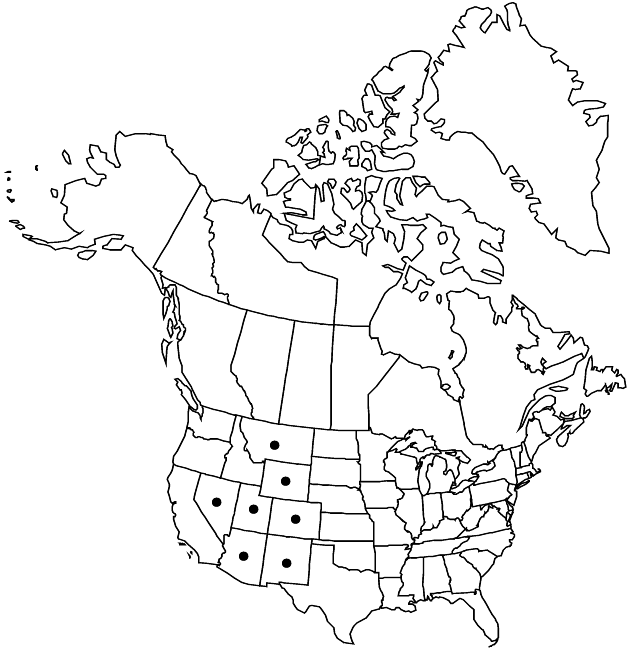Difference between revisions of "Townsendia incana"
Trans. Amer. Philos. Soc., n. s. 7: 305. 1840.
FNA>Volume Importer |
FNA>Volume Importer |
||
| Line 49: | Line 49: | ||
|publication year=1840 | |publication year=1840 | ||
|special status= | |special status= | ||
| − | |source xml=https://jpend@bitbucket.org/aafc-mbb/fna-data-curation.git/src/ | + | |source xml=https://jpend@bitbucket.org/aafc-mbb/fna-data-curation.git/src/8f726806613d60c220dc4493de13607dd3150896/coarse_grained_fna_xml/V19-20-21/V20_435.xml |
|tribe=Asteraceae tribe Astereae | |tribe=Asteraceae tribe Astereae | ||
|genus=Townsendia | |genus=Townsendia | ||
Revision as of 15:23, 18 September 2019
Perennials, (1–)2–8(–12+) cm. Stems decumbent to erect; internodes (0.5–)2–6(–12+) mm, usually densely piloso-hirsute, sometimes strigoso-scabrellous (surfaces usually hidden by hairs). Leaves basal and cauline, blades spatulate to narrowly oblanceolate, 3–12(–40+) × 1–2(–4+) mm, not fleshy, ± strigoso-scabrellous to strigillose. Heads at tips of stems (usually surpassed by leaves). Involucres ± campanulate to hemispheric, (6–)10–15(–20) mm diam. Phyllaries 16–28+ in 3–4+ series, the longer ± lance-ovate to lanceolate, (6–)8–9(–12+) mm (l/w = 2.5–5), apices acute, abaxial faces strigose. Ray florets (8–)13–34+; corollas white or pinkish adaxially, laminae 5–8(–12+) mm, abaxially usually glabrous, sometimes glandular-puberulent at bases. Disc florets 60–80+; corollas 4.5–6.5+ mm. Cypselae 3.5–4.5+ mm, faces hairy, hair tips glochidiform; pappi persistent; on ray cypselae 15–30 lanceolate or subulate to setiform scales 0.3–0.6 or 4–6+ mm; on disc cypselae 15–30+ subulate to setiform scales 4–6+ mm. 2n = 18.
Phenology: Flowering Apr–Jul.
Habitat: Sandy soils, rocky benches, shales, with pinyons and junipers
Elevation: 1100–2200 m
Distribution

Ariz., Colo., Mont., Nev., N.Mex., Utah, Wyo.
Discussion
Selected References
None.